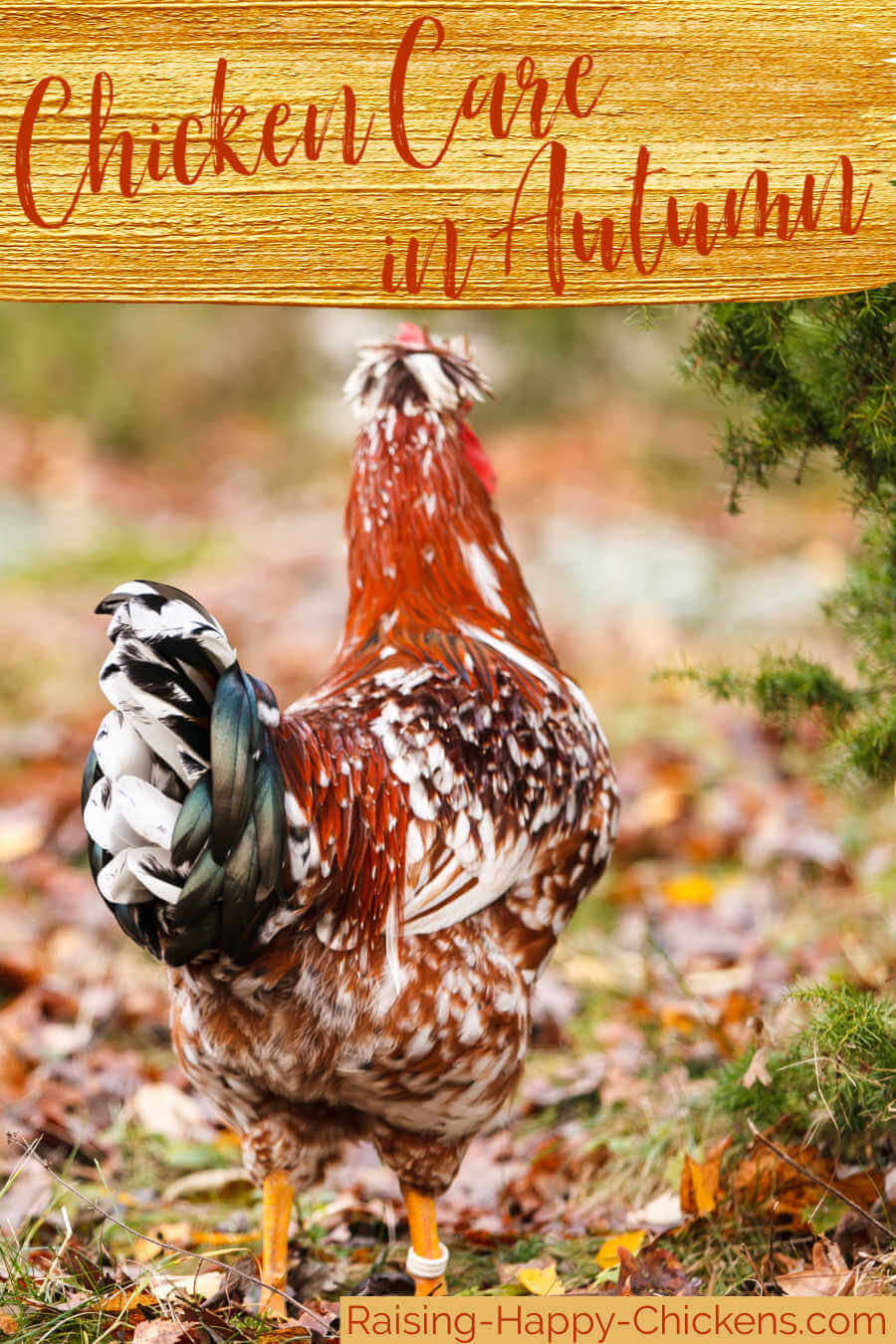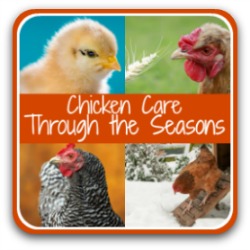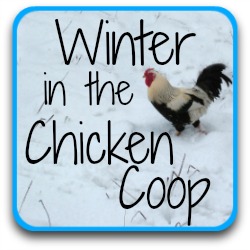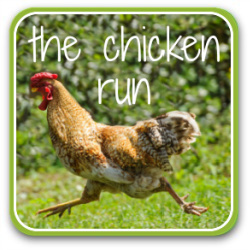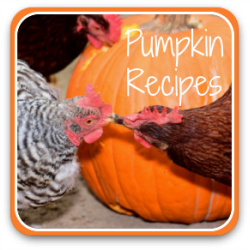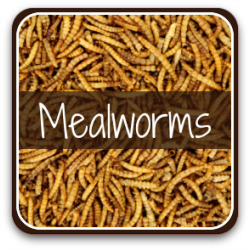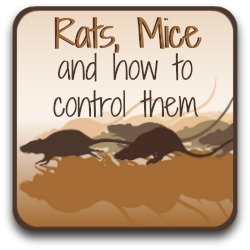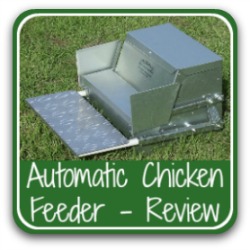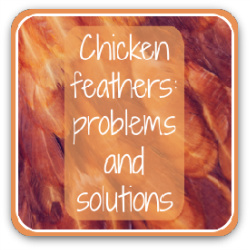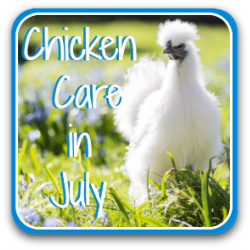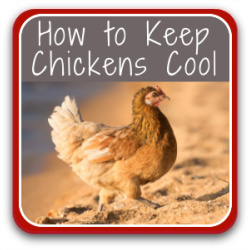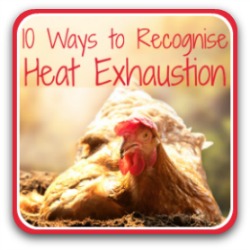- Home
- Monthly care
- Autumn
How to care for chickens in the autumn (fall).
Please note: being from England, I refer to "autumn" through this article. I know my American friends will understand and forgive my not constantly adding (fall).
Nights are drawing in, and the hot summer months give rise to cooler, shorter days.
The moult begins in earnest, egg-laying slows or stops and mice and rats start to look for warmer places to weather the upcoming winter months.
On the bonus side, autumn brings harvests and windfalls, berries and hips.
So how best do we care for our chickens this season to make the most of the positives and mitigate the bad?
Here are five simple ways to keep your chickens safe and healthy during the autumn months.
1. Use healthy, seasonal produce to supplement feed.
All summer, we've been able to treat our chickens with healthy foods to help boost their immune system and improve their general health. Flowers, fruit, even weeds were abundant.
Now that such growth is coming to an end, we need to have some treats in store that are more appropriate to food which is seasonally available during the autumn.
Happily, this is harvest time, with plentiful bounty all around us. All we need do is look out for it.
Here's how I use leftover produce to keep my flock in healthy autumn treats.
How to find inexpensive sources of bounty.
Windfall apples and pears are more than acceptable as a source of low fat, vitamin rich autumn treats.
Look in hedgerows for a free source of berries, or plant your own for next season. Black- and blueberries, raspberries, cranberries - all rich in vitamins C, K and antioxidants which help repair damaged cells and boost the immune system.
Take a look at your rose bushes. Do you see hips? Crushed, they make another excellent source of vitamin C.
And, of course, the archetypal autumn food: the pumpkin. See this article for a detailed look at what the pumpkin can offer your chickens.
Chop them up or simply spread on the ground or in the compost. They'll be eaten very quickly!
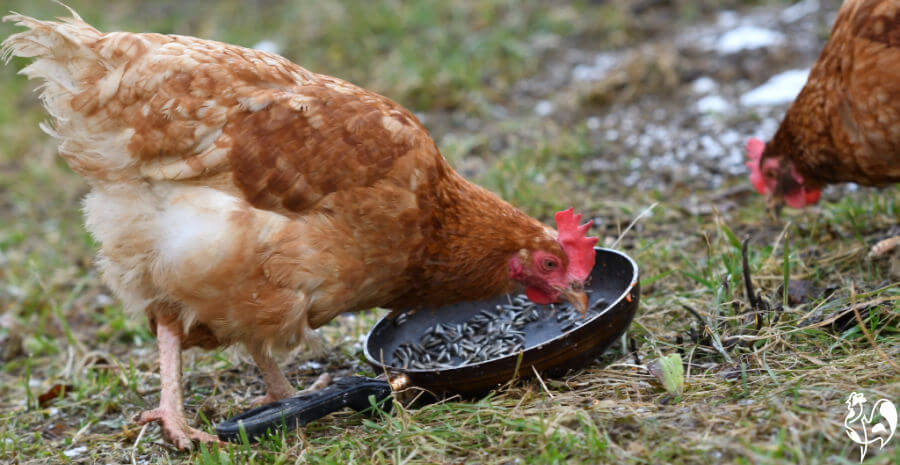 If the ground is wet, feed treats in a container so they don't go mouldy.
If the ground is wet, feed treats in a container so they don't go mouldy.You don't live in a rural area?
If you don't have your own source of fruit and berries, watch out for shops selling bruised or damaged fruit at a very low price at this time of year. Some even throw it away if it's been damaged in transit. And of course, there are always lots of cheap left-over pumpkins after Hallowe'en!
Talk to your neighbours. They may have fruit trees, in which case they'd be likely to welcome you clearing up the windfalls!
And remember to plan to grow sunflowers next year. The large will thrive even on a sunny balcony, the dwarf varieties in a pot on a windowsill!
How much to feed?
Stock up while fruit is abundant, but be careful not to over-feed.
I give my flock a bucket of windfalls perhaps once a week during the autumn months, a little more often as the cold weather closes in and they can't forage as much.
Pumpkins they'll have about one a week between them while in season. First come, first served!
See how much chickens like pumpkins!
2. How to care for chickens in autumn: watch for the moult.
If you've never seen a chicken go through a moult before it can be pretty alarming. It happens to both hens and roosters (cockerels) and it involves them losing most or all of the feathers they've had this year and getting a complete new set.
It makes perfect sense. Cold weather needs feathers to be in prime condition to protect against falling temperatures. Worn feathers provide less effective insulation.
So if you see your chickens starting to look a bit dejected and like their feathers have turned into a pillow explosion...
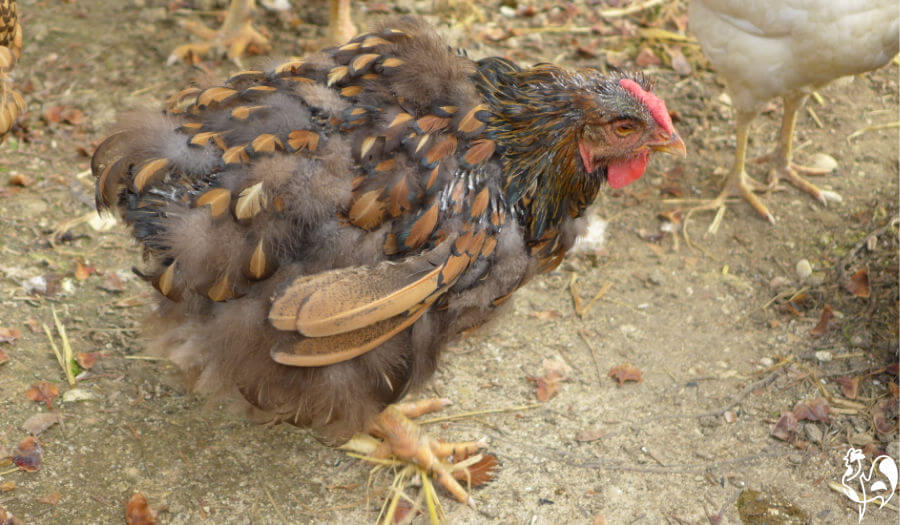 Gertrude was not ill - just moulting!
Gertrude was not ill - just moulting!...don't panic! They don't have some terrible disease. They're just in moult.
There are positive things you can do to help your moulting flock through this time: take a look at this article for more details.
And remember: if you had to clip their wings, you'll need to do it again after a moult once the wing feathers have finished growing back. Find out how to do it safely, here.
3. Increase high protein treats.
Meeting our flocks' needs during the colder, damper weather, particularly during and after the moult, is important. The ground is more likely to be soaked and, as autumn rolls into winter, may start to freeze.
So they're not able to forage as freely and we need to supplement their diet with the nutrients they find for themselves during the spring and summer months.
The answer is to start stocking up on treats which are higher in protein than our summertime feed. My flock's all-time favourite is, without any doubt, mealworms. They will trample all over each other - and me! - to get to them.
Make sure, though, that you buy a good brand which does not use "fillers" like sawdust to add to the weight.
This detailed article about mealworms will tell you all you need to know.
Even in winter, though, high protein treats should be given in moderation only. See this article for more details and a list of ten high protein treats you may not have yet considered.
4. Care for your chickens by protecting against pests.
In the summer we had flies to deal with. As the weather grows colder, rodents in particular like to find a nice comfortable place to nest so they can continue to breed during the autumn and winter months.
The harvest is in, their spring and summer sources of food are gone and what better place to find a ready store of grain than your chicken house.
Make no mistake: rats will bring disease to your coop, chew chickens' toes and eat chicken eggs if they get the chance. So if you find eggs broken and the inside gone, don't automatically blame your hens!
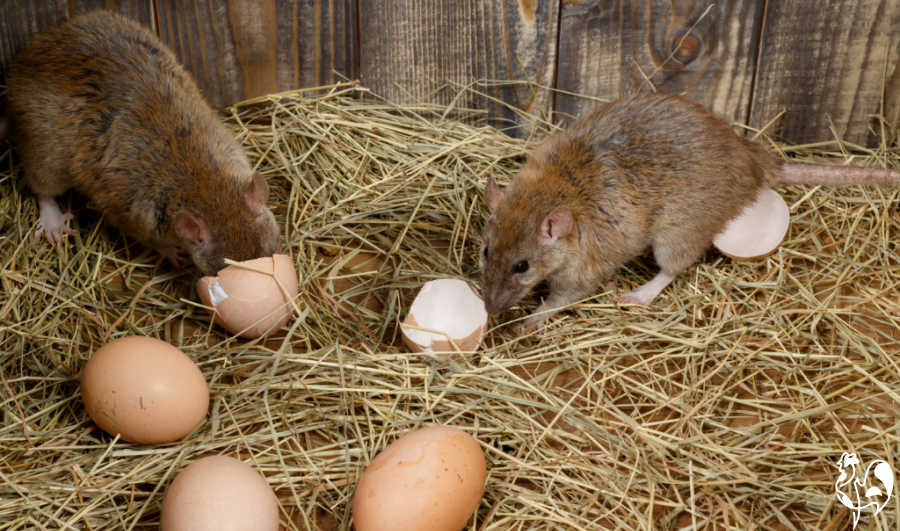 Brown rats will eat chicken eggs, and bring disease to the coop.
Brown rats will eat chicken eggs, and bring disease to the coop.This series of articles has a wealth of information about how to tell whether you've got rodents, how to distinguish between rats and mice, and how to get rid of them - forever.
5. Clean up your coop!
Autumn is also a good time to get your coop ready for winter. Don't leave it until the snow is on the ground and your fingers freeze from the wind chill!
Do some simple checks to make sure your run is secure, so that predators looking for food when it's hard to come by anywhere else are not successful in getting a chicken dinner.
- Check your fencing for any holes or weak connections, including locks. You can be sure a predator like the raccoon will take full advantage.
- If you have overhead covering to keep birds of prey out, check for holes and loose ties.
- Check the coop floor and walls in particular to make sure there are no holes. Even the tiniest gap is enough for a mouse or rat to squeeze through.
- How is your ventilation? There should be air circulating above the chickens' heads but not below - that's the difference between ventilation and a draft.
- Finally, clean out your coop by the end of the season. Get rid of old bedding, sluice down with some apple cider vinegar and leave to dry before adding new bedding.
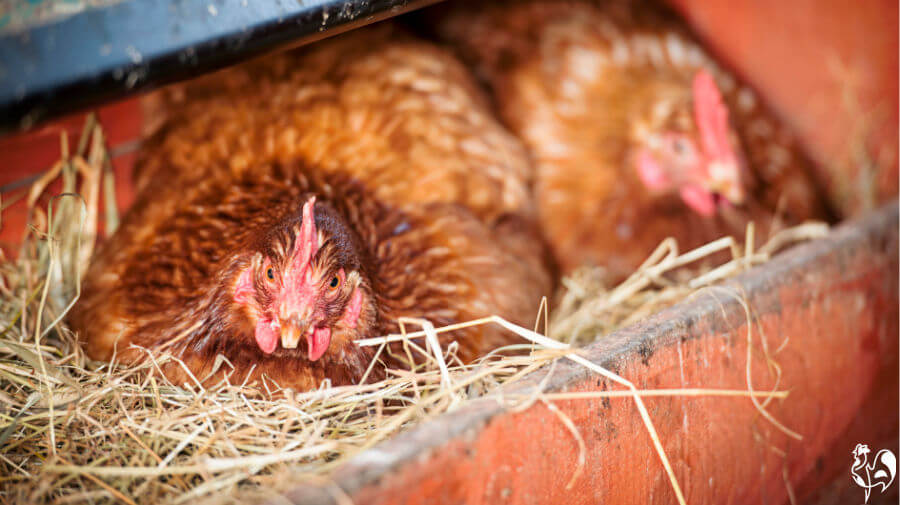 Don't forget to clean next boxes out, too.
Don't forget to clean next boxes out, too.Bonus tip: how to care for your chickens with autumn leaves.
Chickens love to rootle amongst leaves. They find all kinds of goodies in there: worms, insects, even frogs...
They're great for keeping your flock occupied on days when there's not much else to forage for.
If you don't have any trees in your run, gather up some leaves from your garden (or your neighbour's - they'll be glad to get them off their hands!). Scatter them in the run and leave the chickens to it.
I sometimes throw in some mealworms and sunflower seeds to add a bit of interest!
When they've finished with them, bag them up and let them rot down to put on the garden or veggie plot next year.
If you're planning to use leaves as bedding, always use them dry. Adding dampness to the coop in the autumn can lead to respiratory problems for your flock.
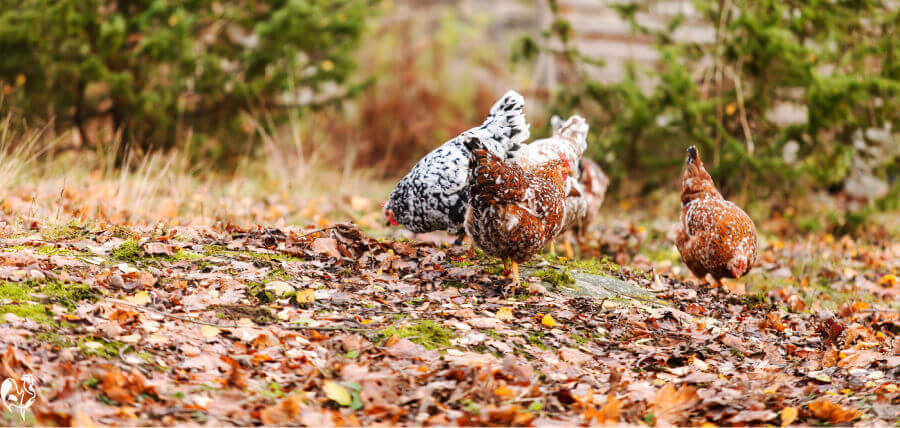
Enjoy autumn with your chickens!
Some other seasonal articles you might like.
- Home
- Monthly care
- Autumn
